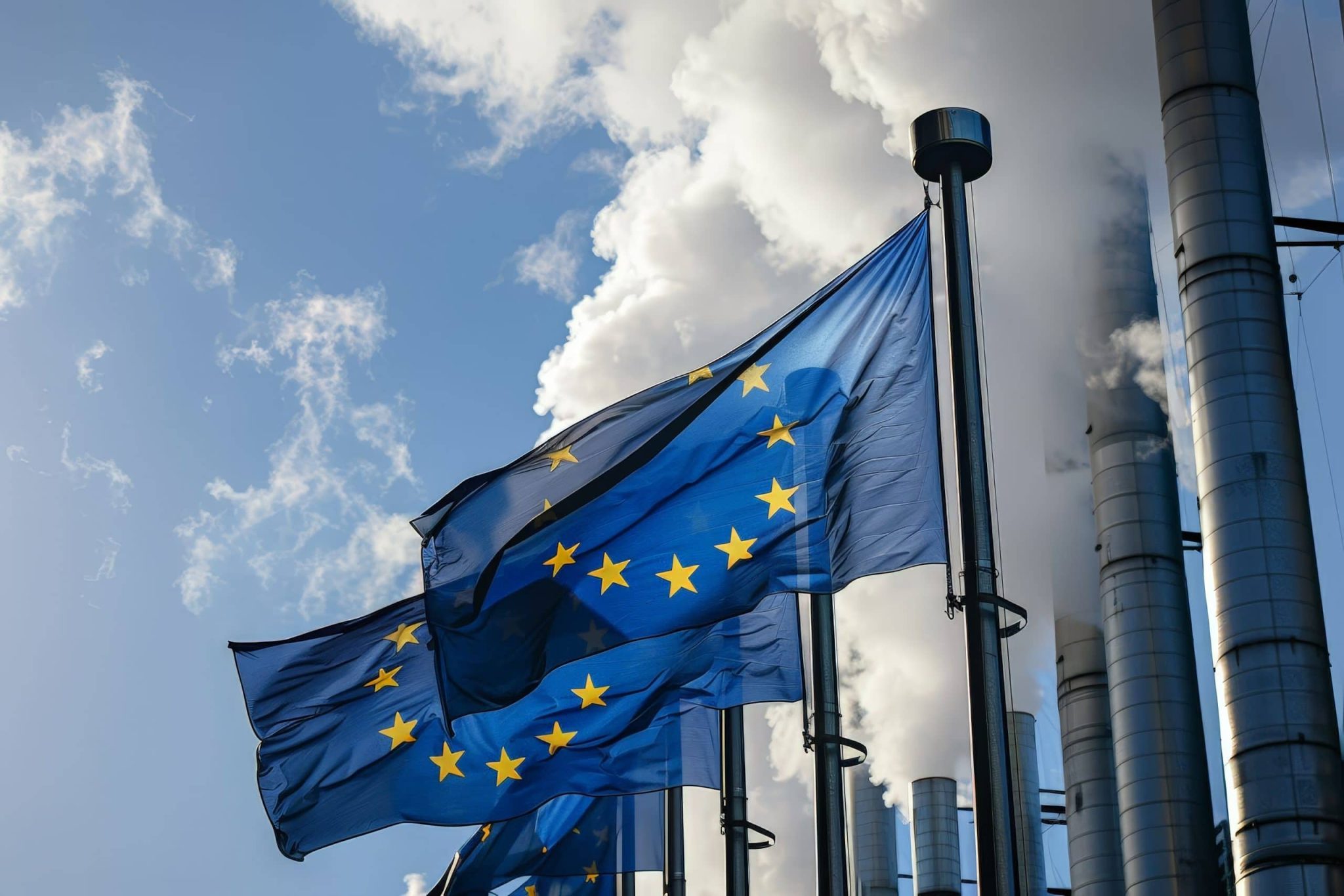Ariadne researchers have analysed the EU framework for the ramp-up of hydrogen. This energy carrier, produced with electricity from renewable sources, is intended to decarbonise sectors that are difficult to electrify, such as the chemical and steel industries. The research finds that the EU Emissions Trading System (EU ETS) has only a limited effect on the ramp-up of hydrogen because it doesn’t include methane emissions and the CO2 price is too low. To make renewable hydrogen more competitive, and thus ambitiously reduce emissions, technology-specific instruments outside the EU ETS are needed.
Background: Conventional hydrogen production from natural gas releases a lot of CO2, for which manufacturers have to buy emission allowances – some of which are allocated free of charge to prevent them from leaving Europe. The intention for the Ariadne analysis is the revision of the EU Emissions Trading Directive in 2023 and its impact on the ramp-up of renewable hydrogen. According to the revised directive, hydrogen manufacturers will receive the same number of free permits from 2025, regardless of the energy source and associated emissions. Producers of H2 with low emissions, such as renewable, green hydrogen, will be able to sell their excess emission allowances on the market and thus reduce their cost disadvantage. Producers of low-carbon hydrogen from non-renewable sources also have this advantage. This type of hydrogen is seen as a possible transitional solution, as it is lower in emissions than conventional fossil hydrogen but cheaper than green hydrogen.
The key question for the Ariadne analysis, then, is what influence does the reformed EU ETS have on the hydrogen ramp-up, especially with regard to the competitiveness of green hydrogen? And what impact will the revised directive ultimately have on the development of CO2 emissions? The research team from the Technical University of Darmstadt and the Potsdam Institute for Climate Impact Research (PIK) concludes that the reform of the EU emissions trading system does indeed improve the internal consistency of CO2 pricing across all types of hydrogen production. However, because it excludes methane emissions and the CO2 prices are too low, the EU ETS will only have a limited effect on the competitiveness of green hydrogen. Technology-specific instruments for low-carbon hydrogen are thus also needed to meet EU climate targets. According to the study, however, the regulatory requirements for production are currently too lax and allow excessively high residual emissions relative to the climate targets.
According to the researchers, additional political measures are required to really support the market ramp-up of renewably produced H2 at the necessary speed and scale. In addition to the existing targeted support programmes, effective options include an increasingly rigid standard for low-carbon hydrogen and the inclusion of upstream emissions, including methane, in EU emissions trading.
Ariadne-Analysis
Nils Bruch, Falko Ueckerdt, Michèle Knodt (2025): Hydrogen in the Reformed EU ETS – Implications for Competitiveness and Emissions Reductions. Kopernikus-Projekt Ariadne, Potsdam.


